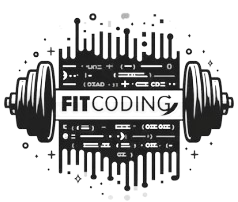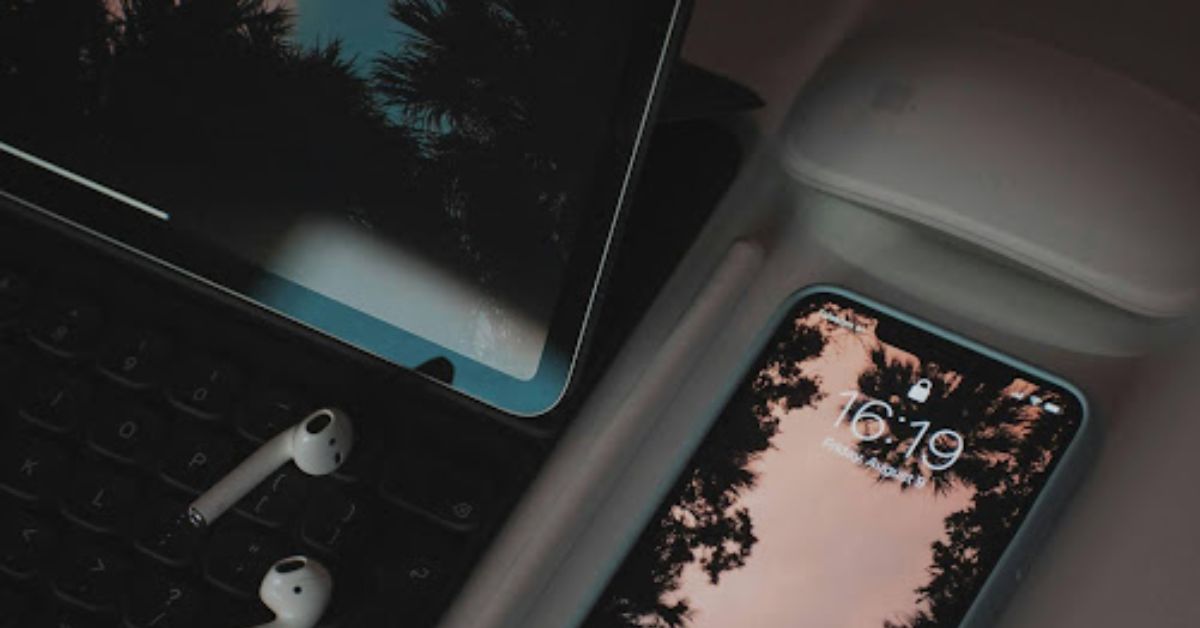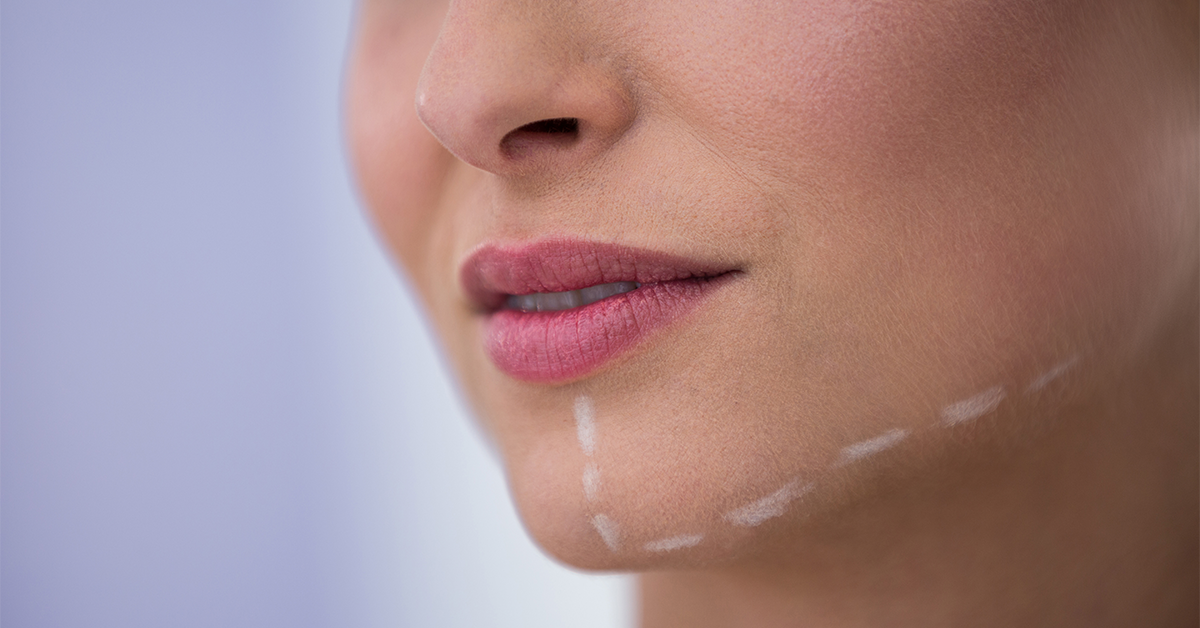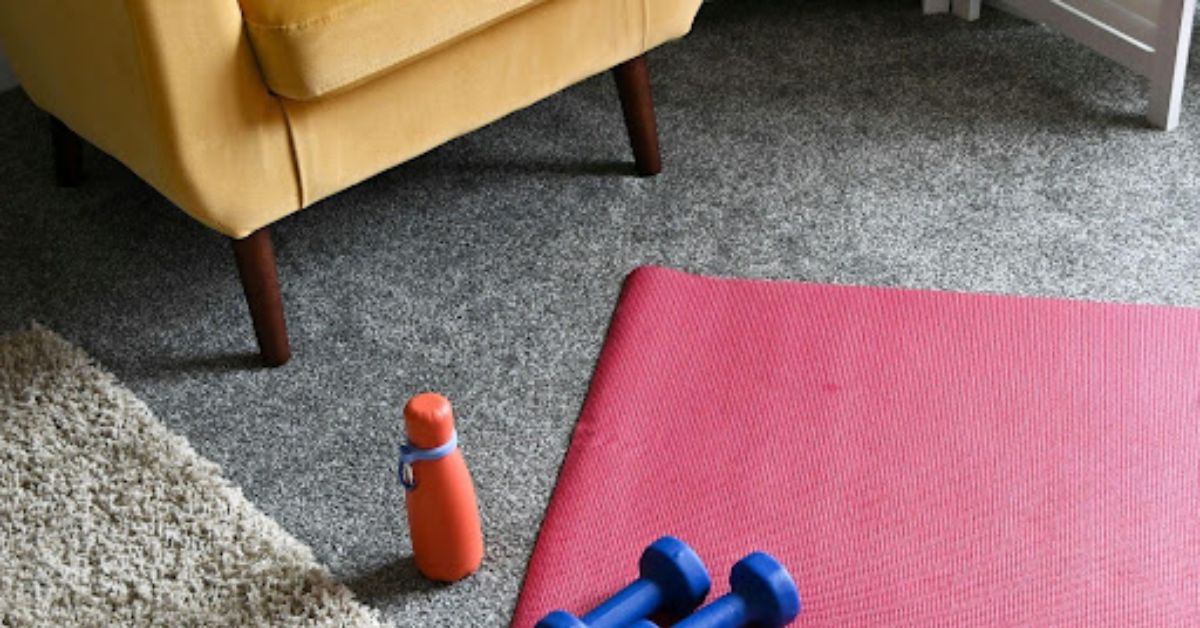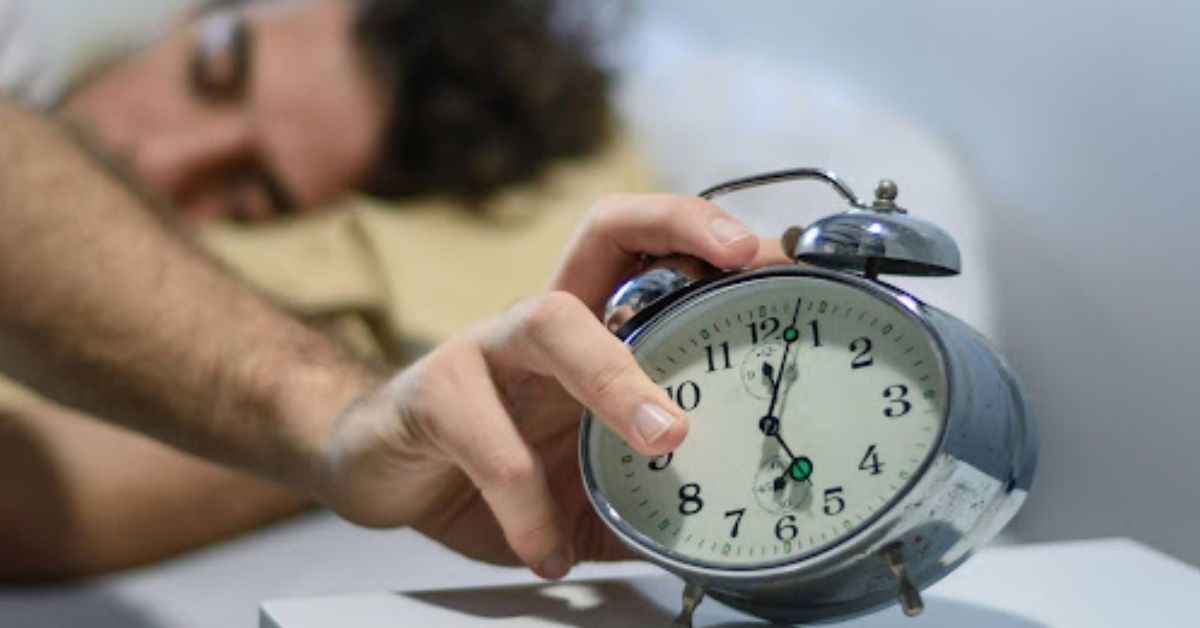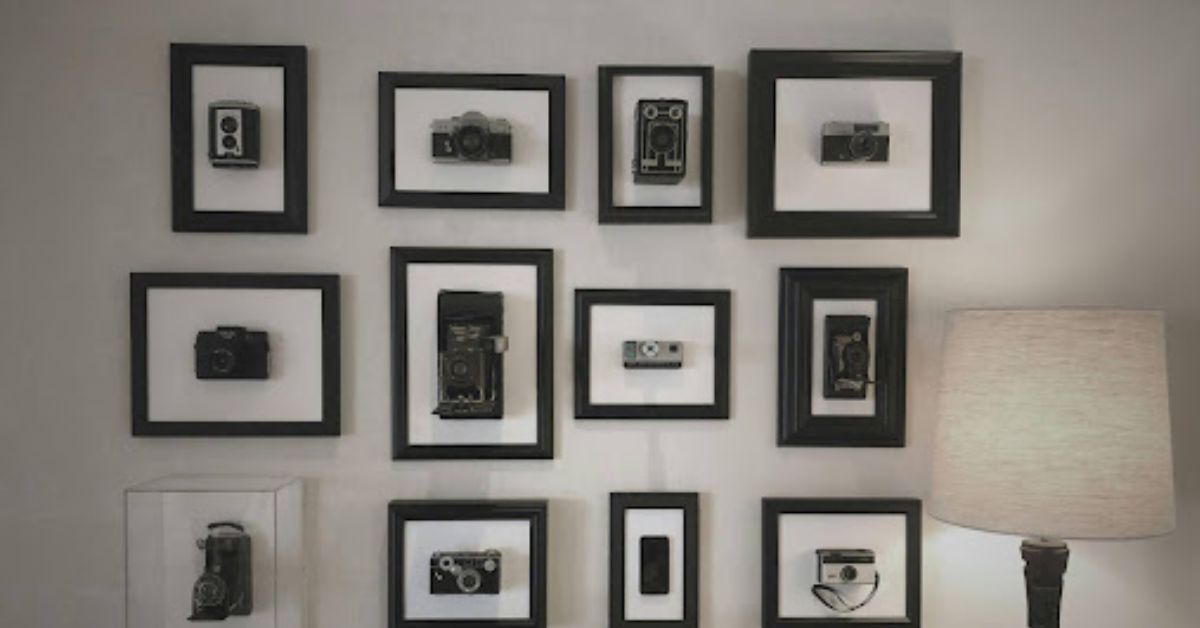It wasn’t long ago that wearable health technology was all function and no flair. Think bulky fitness trackers, beige hearing aids, and clunky smartwatches that screamed utility. But today, the narrative has shifted. Wellness tech has evolved to integrate seamlessly with personal style, giving rise to a new category of products that not only serve our health but complement our aesthetic, too. A perfect example of this transformation is how people now shop stylish hearing aids that perform exceptionally while looking like something out of a modern design catalog.
The convergence of fashion and health tech is no longer a niche; it’s an industry-wide pivot. As people increasingly demand devices that not only help them live better but also look good doing it, brands have responded with creative, beautiful, and even luxurious solutions
Form Meets Function
Historically, wearable tech has leaned heavily toward utility. Devices like pedometers and early wrist-worn heart monitors prioritized basic function. They weren’t made to be seen—they were made to be tolerated. Now, as health awareness grows and consumer expectations rise, wearables must deliver advanced performance without compromising on design.
Take the smartwatch. Early versions were glorified digital wrist calculators. Today’s models come with health-tracking sensors, fitness coaching, and sleep monitoring—all housed in sleek, minimalist casings that rival luxury watches. Brands have realized that if a wellness device isn’t visually appealing, people won’t wear it consistently. And if they don’t wear it, it can’t improve their health.
Discreet and Designer: A New Era for Health Tech
Discreet technology is now one of the most desirable traits in a wellness product. No one wants a gadget that draws attention to their health condition. Devices must be subtle, elegant, and even customizable.
Smart rings, for example, track sleep and activity levels while resembling high-end jewelry. Wearable ECG monitors are tucked under clothing, completely invisible to onlookers. And hearing aids, long associated with age and stigma, have undergone one of the most stylish transformations of all.
Today’s hearing aids often come in finishes like matte black or brushed metal. Some resemble wireless earbuds, blurring the lines between assistive tech and lifestyle accessories. This subtlety removes the psychological barriers to wearing them, encouraging users to prioritize their hearing health.
Fashion Brands Are In
When tech giants and health startups team up with fashion brands, the results are impressive. Collaborations between tech companies and high-end designers have produced products that look runway-ready while performing sophisticated health functions.
Design houses have begun to see wearables as an extension of fashion. Apple partnered with Hermès to produce leather watch bands. Fitbit worked with Tory Burch to launch designer covers. These partnerships don’t just add visual appeal—they elevate the perceived value and cultural relevance of the devices.
The Psychology of Stylish Health Gadgets
Why does it matter if your fitness tracker or hearing aid looks good? Psychology has the answer. Studies show that people are more likely to use medical devices and health tools if they feel confident wearing them in public. A well-designed device encourages habit formation and long-term use.
Additionally, stylish wellness accessories can reduce the stigma often associated with assistive technology. When a product looks like a fashion item, it becomes a conversation starter rather than a source of discomfort.
The Role of Customization
Photo by freestocks on Unsplash
Modern consumers don’t just want beauty and function—they want personalization. Wearable wellness products are now available in a wide range of colors, sizes, and finishes. This allows users to tailor their devices to their personal style or even match them to specific outfits.
Customization enhances the feeling of ownership and pride. Instead of hiding a device, users display it. Instead of being embarrassed, they’re empowered.
From Passive Monitoring to Active Engagement
Another reason smart accessories are thriving is their ability to encourage active engagement with personal health. Many devices now offer real-time feedback, daily goals, and reminders to promote movement or mindfulness. But they do it in a way that feels integrated and non-disruptive.
For example, a sleek bracelet might vibrate gently to remind you to hydrate. A ring might light up discreetly to suggest taking a break. These subtle cues promote health without disrupting social interactions or drawing attention.
Beyond Fitness: Total Wellness
Smart accessories have evolved beyond step-counting and calorie tracking. Today, they support a more holistic view of wellness. Products now measure everything from blood oxygen levels to UV exposure, stress indicators, and environmental conditions.
This broad scope allows users to make better choices in real time. Imagine a necklace that detects poor air quality and alerts you before your asthma symptoms spike. Or glasses that monitor eye strain and recommend screen breaks.
These innovations aren’t just convenient—they’re essential tools for modern living.
Accessibility and Affordability
As technology advances, it becomes more affordable and accessible. Devices that once cost thousands are now available at a fraction of the price, without sacrificing quality or design. This democratization ensures that wellness and elegance aren’t privileges of the few.
Stylish hearing aids, smartwatches, and other wellness accessories are no longer reserved for tech enthusiasts or fashionistas. They’re becoming everyday tools for people across all ages and backgrounds.
Future Trends in Wearable Wellness
As artificial intelligence and biometric sensors improve, we can expect even smarter, sleeker devices. The future of smart accessories likely includes:
- Mood-sensing jewelry that adjusts color based on stress levels
- Contact lenses that monitor glucose for diabetics
- Clothing fibers that change temperature based on your body’s needs
And all of these will come with the expectation of beautiful, intentional design.
Style That Heals
Smart accessories have officially left the realm of novelty and entered the domain of necessity. They offer function without compromise, helping users manage their health while embracing their identity.
Fashion and health tech no longer sit at opposite ends of the spectrum. Instead, they’re merging into something richer, more inclusive, and more inspiring. As we move forward, the line between looking good and feeling good continues to blur—to everyone’s benefit.
For an in-depth exploration of how fashion and tech intersect with wellness, this Wikipedia article on wearable technology offers a comprehensive overview of the field’s evolution and future potential.
https://fitcoding.com/CLICK HERE FOR MORE BLOG POSTS
